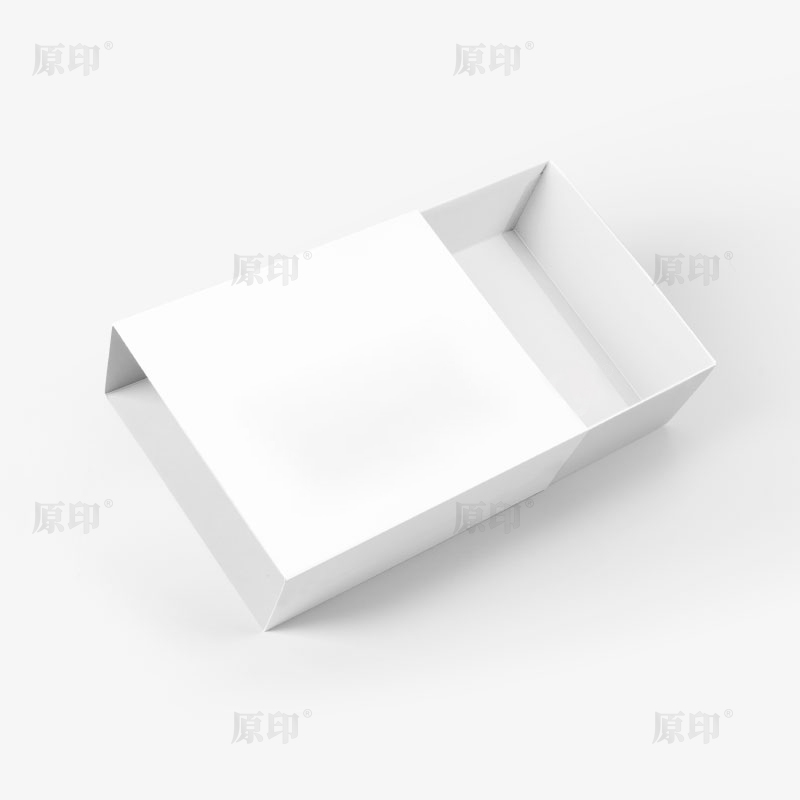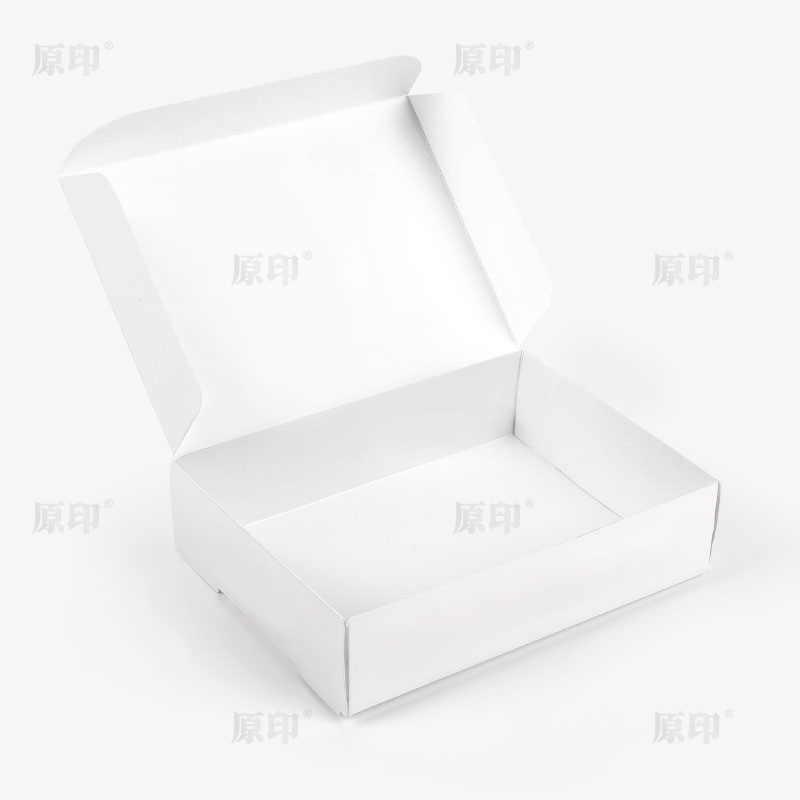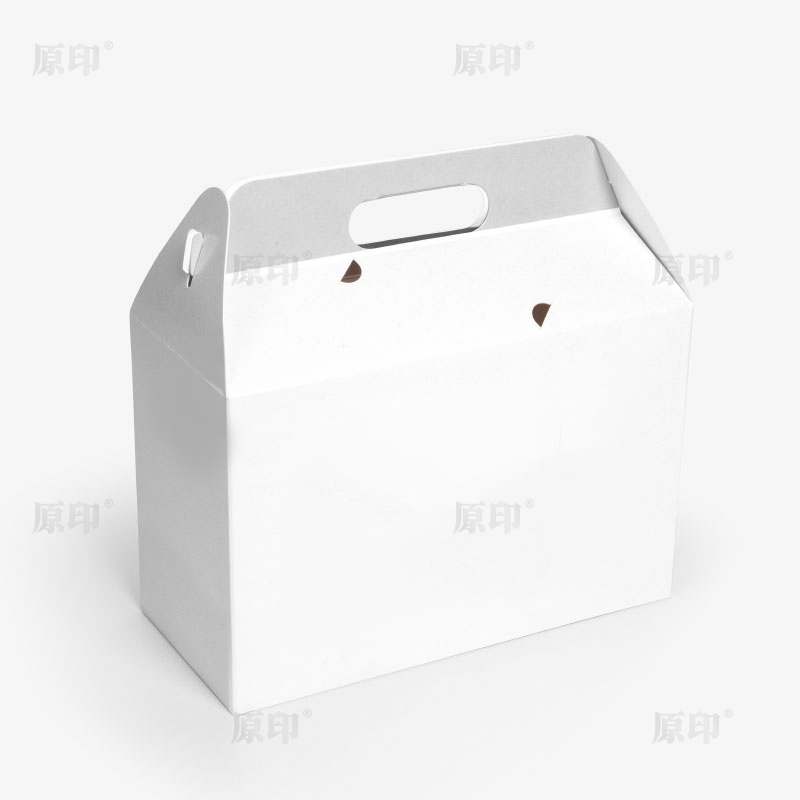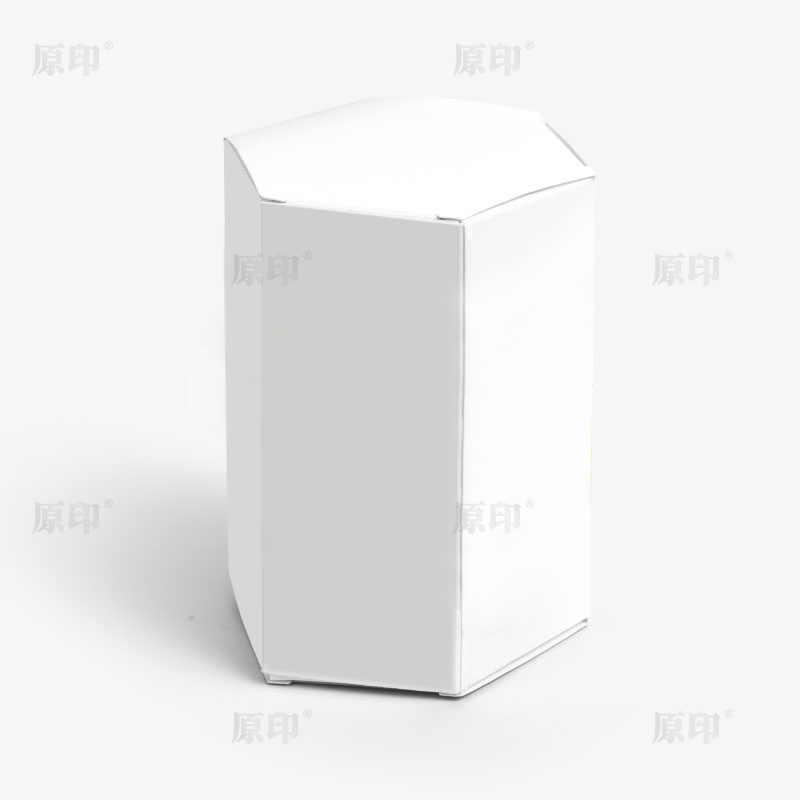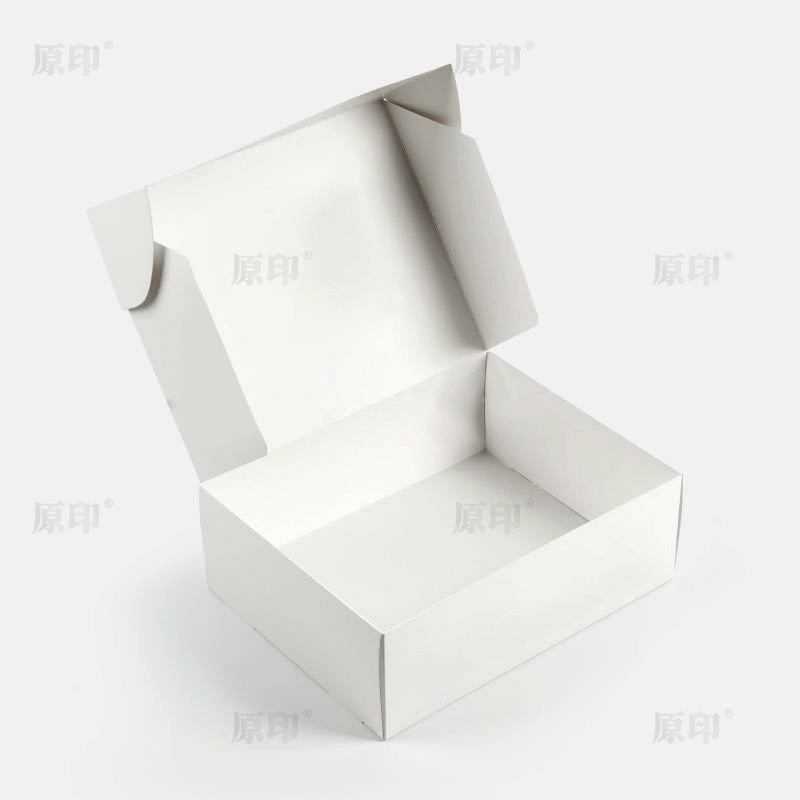How Do Design and Color Influence Consumer Choice in Household Packaging?
Introduction: The Power of Packaging Design
Printed household daily necessities packaging plays a critical role in influencing consumer behavior. Beyond protecting the product, packaging serves as a visual communicator, conveying brand identity, quality, and value. Design elements, especially color and layout, significantly affect purchasing decisions by attracting attention, evoking emotions, and creating brand recognition. In a competitive marketplace, well-designed packaging can differentiate products and encourage brand loyalty.
The Role of Color in Consumer Perception
Color is one of the most immediate and influential elements in printed packaging. It can evoke psychological responses and influence consumer preferences. For household daily necessities, the right color scheme can make products appear more attractive, trustworthy, or eco-friendly.
Emotional and Psychological Impact
Different colors evoke distinct emotions. For instance, blue often conveys cleanliness and reliability, making it ideal for cleaning supplies. Green is associated with health and sustainability, suitable for eco-friendly household products. Warm colors like red and orange grab attention and can stimulate impulse purchases for frequently used items.

Brand Recognition and Color Consistency
Consistent use of color across product lines strengthens brand recognition. Consumers can quickly identify a brand on crowded shelves through familiar color schemes. For example, a specific shade of yellow or red can become synonymous with a brand’s household cleaning products.
Influence of Design Elements
Beyond color, the overall design of packaging—including typography, graphics, and layout—affects how consumers perceive and choose products.
Typography and Readability
Clear, legible typography ensures that product information is easily accessible. Fonts that are modern and bold can convey reliability and strength, while handwritten or elegant fonts may suggest premium quality. Readable labeling improves consumer confidence and encourages purchase decisions.
Imagery and Graphics
High-quality images and icons on packaging visually communicate product benefits and usage. For instance, images of fresh fruits or natural ingredients on household cleaning wipes can convey purity and effectiveness, attracting health-conscious consumers.
Layout and Structure
An organized layout with a clear hierarchy of information improves user experience. Key elements such as product name, benefits, and instructions should be prominently displayed. Innovative structural designs, such as ergonomic shapes or easy-open features, can further enhance appeal and functionality.
Case Studies: Successful Household Packaging Designs
Examining successful packaging designs provides insights into how design and color impact consumer behavior.
| Product | Design Feature | Consumer Impact |
| Laundry Detergent | Bright blue and white colors, clear logo | Conveys cleanliness, trustworthiness, increased shelf visibility |
| Eco Cleaning Wipes | Green and earthy tones, leaf graphics | Highlights sustainability, appeals to eco-conscious buyers |
| Multi-Surface Cleaner | Bold red and yellow accents, large icons | Grabs attention, emphasizes efficiency and speed of use |
Consumer Behavior Insights
Design and color influence consumer perception through both emotional and cognitive processes. Visual cues such as color, images, and text hierarchy affect decision-making, product evaluation, and brand preference. Shoppers often make split-second decisions based on packaging, which is why first impressions are crucial in household daily necessities.
Shelf Impact and Impulse Purchases
Products with visually appealing colors and creative designs stand out on shelves, increasing the likelihood of impulse purchases. Bright, contrasting colors and dynamic shapes attract attention and encourage consumers to pick up and examine products.
Brand Loyalty and Repeat Purchases
Consistent use of brand colors and design elements strengthens recognition and loyalty. Consumers are more likely to repurchase products that are easily identifiable and visually appealing, reinforcing the brand’s presence in daily routines.
Practical Guidelines for Effective Packaging Design
To optimize consumer engagement, manufacturers should consider several practical design strategies for printed household daily necessities packaging.
- Use color psychology to evoke desired emotions and align with product function.
- Ensure typography is legible, informative, and complements brand identity.
- Incorporate high-quality imagery and icons to communicate product benefits quickly.
- Design a clear layout that prioritizes important information and guides consumer attention.
- Experiment with packaging shapes and structures to enhance functionality and shelf appeal.
Conclusion: Maximizing Impact Through Design and Color
Design and color are pivotal in influencing consumer choice for printed household daily necessities packaging. By carefully selecting color schemes, typography, imagery, and layout, manufacturers can capture attention, convey product benefits, and build brand loyalty. Effective packaging not only protects the product but also becomes a strategic marketing tool that drives consumer engagement and boosts sales.
In a competitive retail environment, investing in thoughtful and attractive packaging design is essential. Understanding the psychological impact of colors and the functional benefits of design elements empowers brands to connect with consumers, enhance perceived value, and encourage repeated purchases of household daily necessities.

